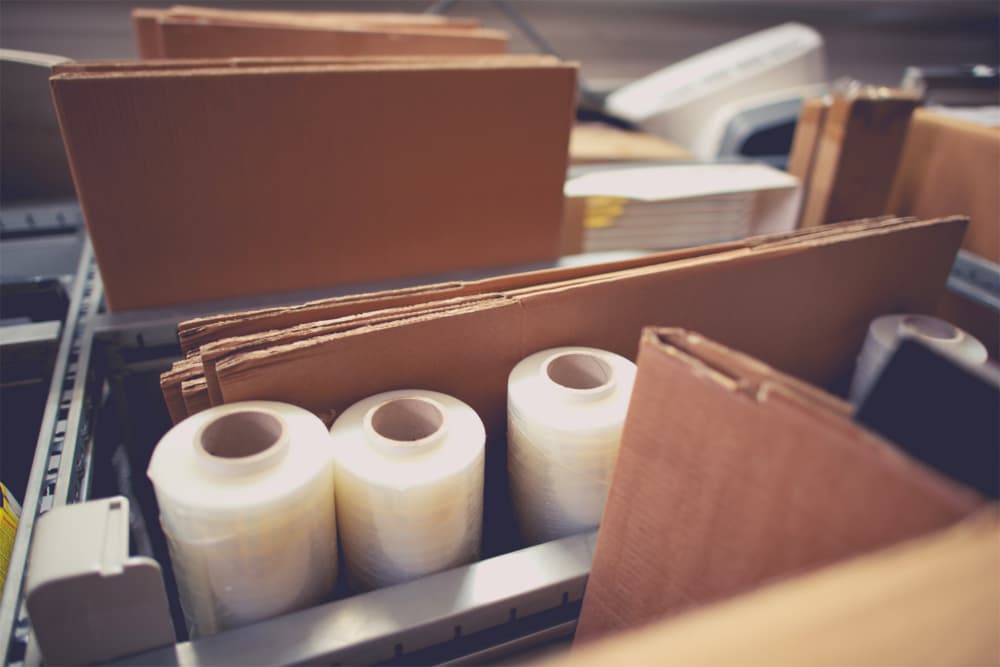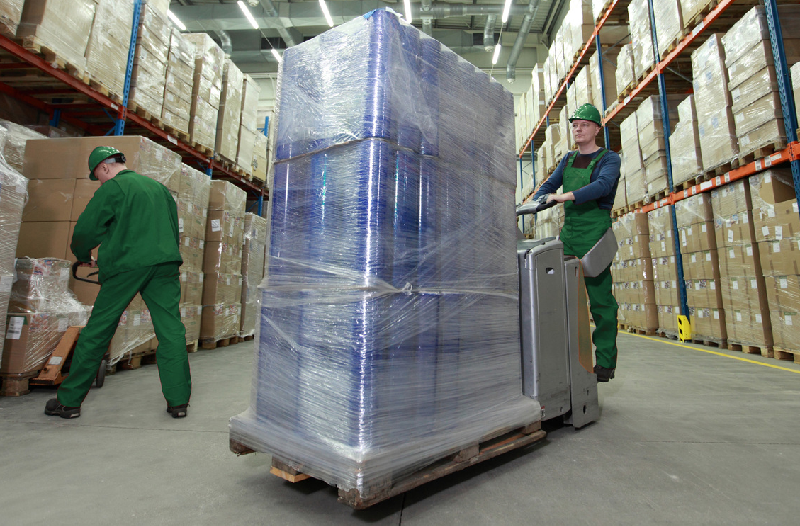Packaging is the last but arguably one of the most important business operations. The constant innovations in the plastic industry have a huge impact on the packaging industry. Bundling stretch film, in particular, has made packaging much more easy and convenient in a wide range of industries. It’s made by polymerising ethylene in a high-pressure reactor. The resin is subsequently blown, slit and wound to create thin film rolls, which are used by product manufacturers for a wide range of packaging purposes.

The manufacturing process of bundling stretch film makes the stretch potential around the product to be in the 40%-60% range in the length of the film, and in the 5%-15% range in the transverse width of the film. Stretching happens when the film absorbs energy which is typically applied in the form of heat energy, which results in the molecule’s chains to return to their natural arrangement. The film casts to the product, and that results in a tight, unitised pack. This results in additional palletising, shipping and handling benefits over unitising and packaging products using a corrugated box.

Furthermore, using stretch bundling reduces waste production. Opening a corrugated box entails opening it, breaking it down and storing it until you get the chance to dispose of it properly. On the other hand, stretch bundling significantly reduces the amount of packaging, which results in creating less greenhouse gases. Furthermore, the film can be recycled to create new products. This makes stretch bundling very appealing to product manufacturers who are looking for environmentally-friendly packaging solutions.
Additionally, stretch bundling minimises the overall weight and size of the package, which results in lower shipping costs. At the same time, this can increase pallet density, which is another huge benefit. However, stretch bundling still doesn’t compromise on the safety of the package. There are stretch bundling films that vary in blends and thickess, so you’ll eventually find one that’s appropriate for your specific applications.
And last but not least, stretch bundling has various properties that allow for a wide range of enclosures to be achieved. The enclosure type will depend on the distribution requirements as well as the product requirements. Besides creating unitising packs, different enclosure types can provide extremely appealing packaging, as well as protection from abrasions and dust, containment of leaks inside the package, or protection from tampering evidence. All of these benefits make stretch bundling one of the most popular, if not the most popular packaging solution for businesses world wide.

